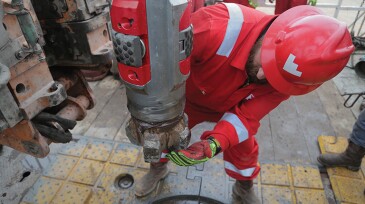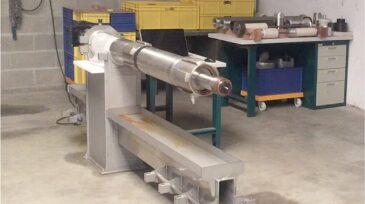rotary steering systems
-
This paper describes an autonomous drilling approach using an autocurve-drilling mode to automatically drill curved sections without human intervention and complete autonomous well construction.
-
This case study presents results achieved in Romania, Mexico, and Kuwait with the use of a series of innovations featuring integrated bottomhole assemblies. A push-the-bit system combines high-performance drilling with precise directional control.
-
This paper presents an automated directional-drilling process executed on a commercial well in the Norwegian sector of the North Sea, where a next-generation intelligent rotary steerable system completed a well section in a single run.
-
This paper presents a methodology that aims to allows the anticipation of problems such as mechanically stuck pipe or lockup situations when running casing or completion strings in hole.
-
Anomalies in heart function can be diagnosed in real time by measuring an electrical signal. Petroleum engineers have adapted the concept to diagnose anomalous drilling conditions in real time using a shock signature recorded downhole.
-
The amount of uncertainty related to directional drilling makes accurate drilling challenging, leaving much to human know-how and interpretation. Additionally, few path-planning methods in the literature consider the directional steering tool being used.
-
This paper examines multiple factors that can affect the severity of stick/slip and measures their actual effect.
-
The advent of the rotary-steerable system (RSS) introduced an efficient way to drill both current and future wells. However, current tools still fail to replace positive displacement motors (PDMs).
-
Range Resources' drilling head talks about how the company went from drilling the shortest laterals in the Marcellus to the longest and why.
-
A new rotary-steerable system (RSS) was designed to give geometrically greater dogleg-severity (DLS) capability while still being able to withstand the increased bending stresses.
Page 1 of 2










